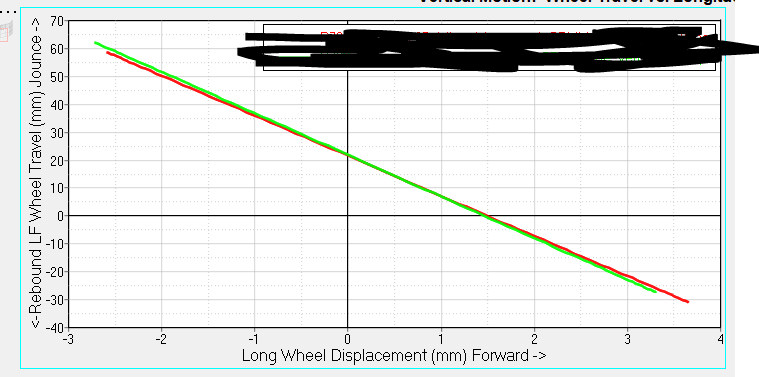NoahLKatz
Mechanical
- Jun 24, 2016
- 47
Is it possible to equate a given amount of kinematic wheel recession to control arm bushing horizontal compliance?
Assuming double wishbones and LCA canted down at the back, is it as simple as taking the horizontal component of the suspension spring compliance?
I'm guessing not, since the ratio of horizontal to vertical force would vary depending on the shape of the bump.
Does it help any if additionally the UCA is parallel to the LCA (which would eliminate some of the bump castor)?
This is for a light (~900 lb) reverse trike similar to a Morgan 3 Wheeler.
I'm thinking this would work OK since it's acceptable (or at accepted) on motorcycles, whose front forks are pro-dive, and bikes have much greater weight transfer with their high CG's and short wheelbases.
Assuming double wishbones and LCA canted down at the back, is it as simple as taking the horizontal component of the suspension spring compliance?
I'm guessing not, since the ratio of horizontal to vertical force would vary depending on the shape of the bump.
Does it help any if additionally the UCA is parallel to the LCA (which would eliminate some of the bump castor)?
This is for a light (~900 lb) reverse trike similar to a Morgan 3 Wheeler.
I'm thinking this would work OK since it's acceptable (or at accepted) on motorcycles, whose front forks are pro-dive, and bikes have much greater weight transfer with their high CG's and short wheelbases.

